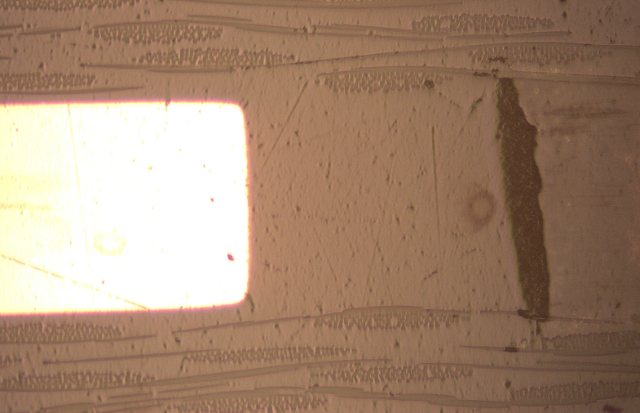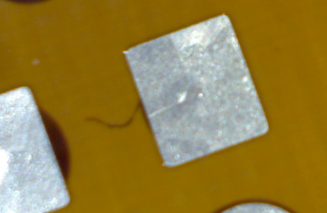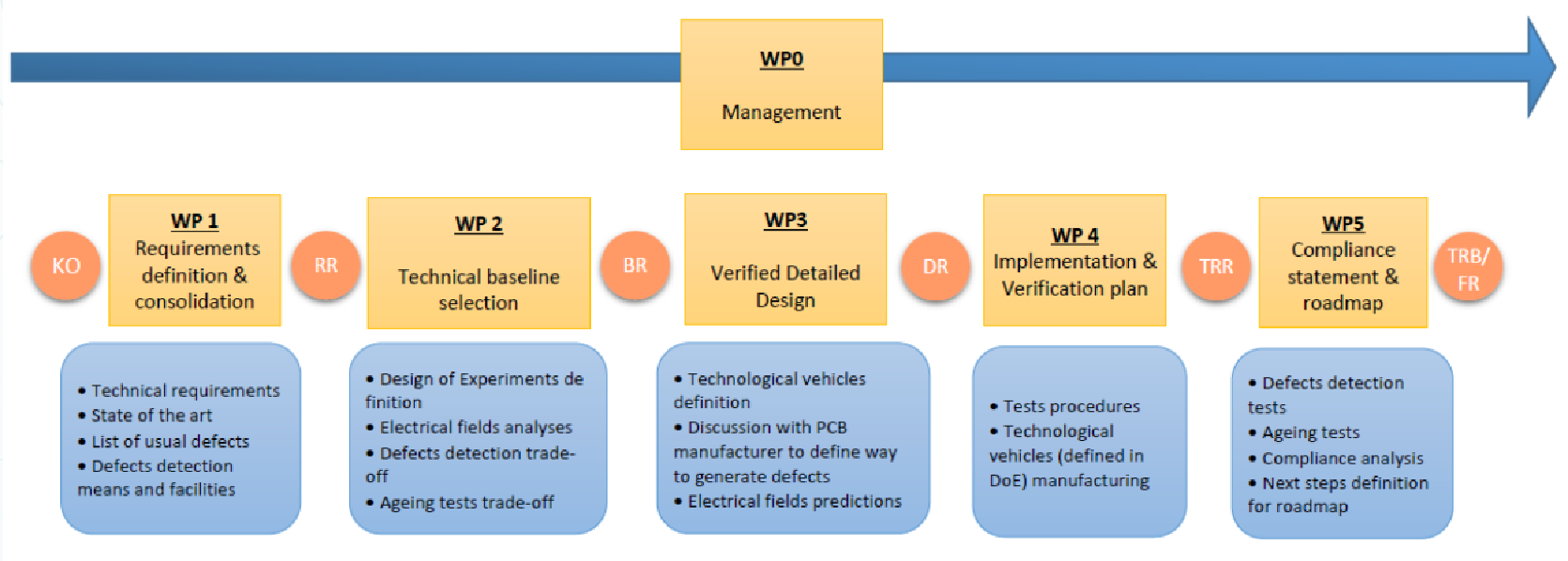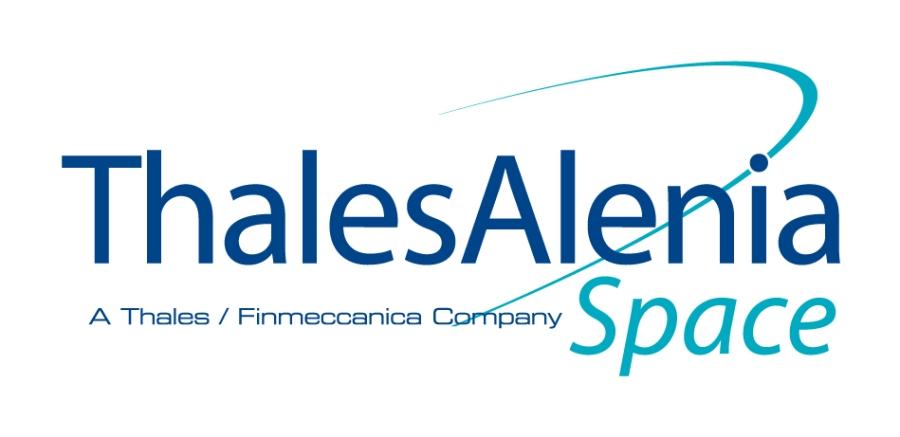
-
StatusOngoing
-
Activity Code5C.460
The objective of the activity is to design, manufacture and evaluate test samples in order to derive acceptance criteria of defects and ageing effects in high voltage printed circuit boards of EPC and PPU using voltages higher than 500V. As example (non-exhaustive cases) :


The main challenges of this activity are the following :
-
to develop techniques to inject reproducible defects into PCBs for test purposes
-
to predict and verify ageing effects, life limiting-factors and the impact on screening yield.
-
to study the effects using a theoretical approach and conduct associated verification tests,
-
to derive rules for screening and acceptance and develop automated screening methods,
-
to derive pass fail criteria for acceptance of defects
-
to review design rules
The main targeted benefit is to research and establish acceptance criteria for defects and ageing effects for high voltage circuit boards not existing today.
The following benefits are also expected :
Better knowledge of defects and their criticality, so ;
-
A better understanding of the defects occurrence in PCB.
-
To adapt design rules to prevent defects-generating design.
-
To avoid design features that increase defects occurrence and/or increase their criticality.
Better knowledge of long term ageing effects, so :
-
Reviewing of High Voltage design limitations (i.e. reducing of insulation distances).
-
Updated and validated acceptance specification for high voltage PCB.
-
Filtering out critical defects.
The main expected benefits are listed here below :
-
To reduce reject rate and cost of high voltage PCBs.
-
To ensure boards correct reliability.
-
Defects : voids, metallic particles, dust fibers, cracks, …
-
Materials : polyimide (Arlon 35N / Ventec VT901) ; hydrocarbon ceramic laminates (Rogers RO4003C).
-
Finish : SnPb / ENIG.
-
Build-up : multilayers.
-
Life time : 18 years in-orbit.
-
Operating temperature : from -40°C to +125°C.
-
Humidity : 55% HR.
-
Pressure : ambient / vacuum.
The PCB topologies that will be assessed in this study are intended for high voltage applications; the results of this activity will therefore be usable for the design, the manufacturing and the test of the following High Voltage products/architectures :
-
Electronic Power Conditioners (EPC) up to 10kV.
-
Power Processing Units (PPU) up to 1.6kV.
Existing approaches for optimised PCB procurement and design rules for low voltage PCBs shall serve as a starting point. Considering high voltage specific requirements and problem areas, an important part of this project is to design and manufacture hardware high voltage PCB samples/breadboards to carry out verification testing.
The study logic (including a short description of each work package and the reviews of the project) is visible here below :

-
RR : “Requirements Review” with the objective to define a complete, self-standing and traceable set of technical requirements for the deliverable items.
-
BR : “Baseline Review” with the objective to select the technical baseline that offers the best potential to achieve the activity objectives.
-
DR : “Design Review” with the objective to establish a detailed design and demonstrate, by appropriate analyses, simulations, tests or other means, that it can satisfy the technical requirements.
-
TRR : “Test Readiness Review” with the objective to establish all detailed plans necessary to successfully implement and test the deliverable items and verify their compliance to the technical specifications.
-
TRB/FR : “Test Review Board”/”Final Review” with the objectives to Implement the deliverable items, quantify their performances by means of a suitable test campaign and demonstrate compliance to the technical requirements and to perform a critical assessment of the potential of the developed items for commercial exploitation
The “Acceptance criteria for defects and ageing effects in high voltage EPC and PPU printed circuit boards” has been launched ; the kick-off of the activity has been held the 18/01/2024.
The first step of the activity is now ongoing.
So, the project activity starts with :
-
A technical survey of the state-of-the-art (incl. literature, patents, commercially available products and technologies).
-
A Critical Assessment of the State-of-the-Art.
-
The finalized technical specification of the activity.
-
The definition of the outline verification plan of the activity.



